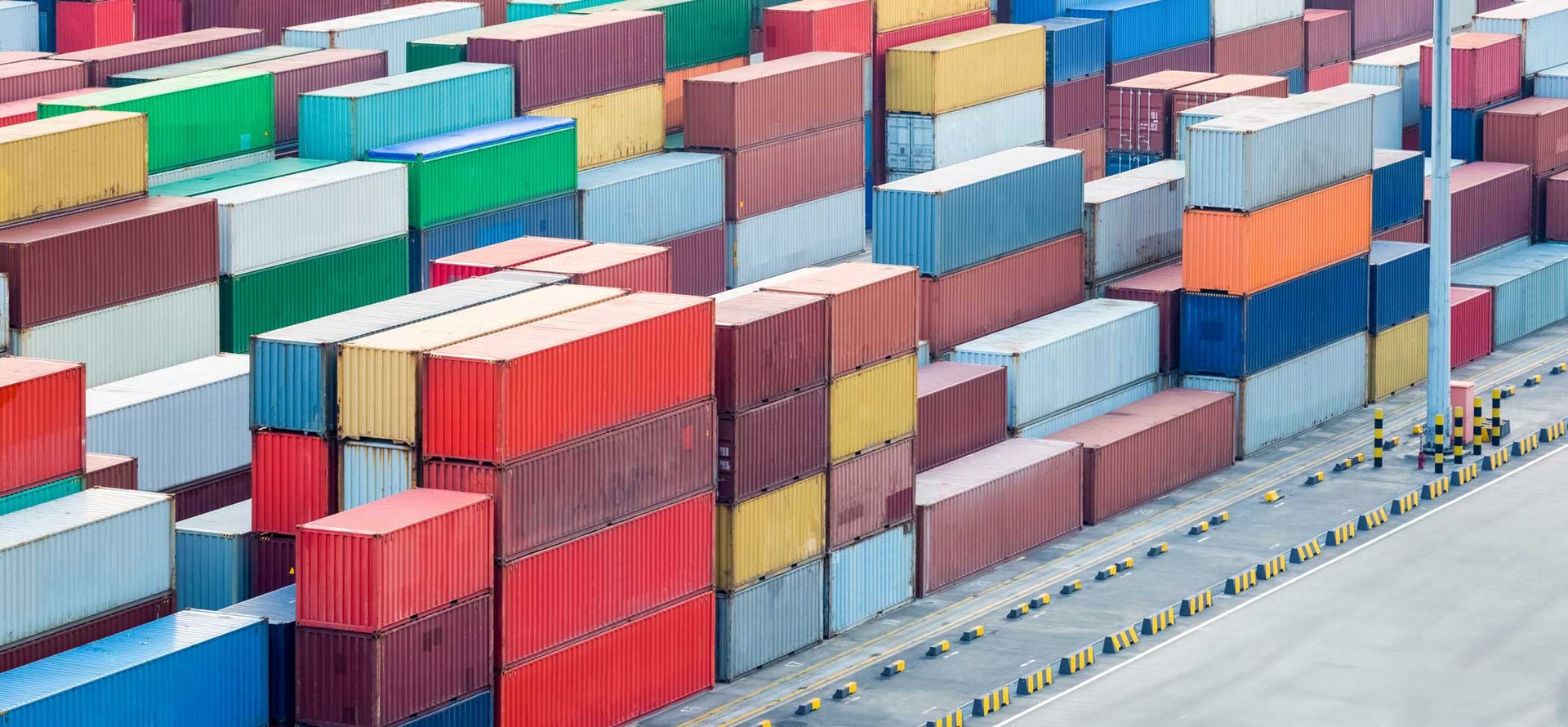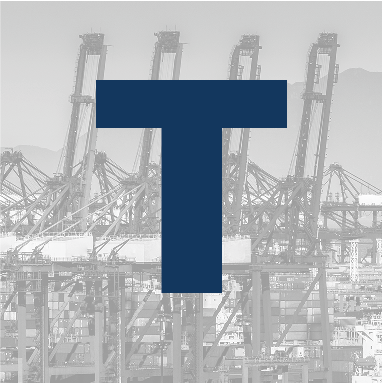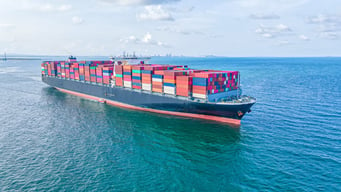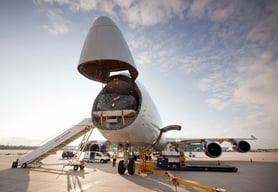
Twenty-Foot Equivalent Unit (TEU)

Home > Freight Glossary > TEU

Trending
The Twenty-Foot Equivalent Unit (TEU) is a standardized measurement used in the shipping industry to describe the capacity of container ships and terminals. It represents the dimensions of a container that is 20 feet long, 8 feet wide, and 8.5 feet high, essentially defining the volume of a standard shipping container. The TEU is pivotal in the logistics sector, serving as a universal language that facilitates the global trade of goods.
What is Twenty foot Equivalent Unit used for?
The TEU is instrumental in various aspects of maritime shipping and freight logistics. Its primary uses include:
-
Capacity measurement
TEU is the key metric for gauging the capacity of container ships, port terminals, and intermodal freight transport. It allows logistics companies and shipping lines to plan vessel loading, manage terminal space, and optimize ship routes efficiently.
-
Shipping efficiency
By standardizing the container size, the TEU simplifies the calculation of maximum cargo load, helping in the effective planning of shipping operations. It enables carriers to estimate how many containers their vessels can carry, thereby improving operational efficiency and reducing transportation costs.
-
Freight rate calculation
Shipping costs are often quoted in TEU terms, allowing for a straightforward comparison of freight rates. This standardization helps shippers in budgeting their logistics expenses and in selecting the most cost-effective shipping options.
-
Trade flow analysis
Economists and analysts use the TEU metric to assess international trade volumes and patterns. The number of TEUs handled by ports is a crucial indicator of economic activity, reflecting the health of global trade and the demand for maritime transport.
-
Logistical planning
In the realm of supply chain management, understanding the TEU capacity is essential for optimizing the movement of goods. Companies rely on TEU measurements to plan their inventory levels, schedule shipments, and manage warehouse space.
The role of TEU in global trade
TEUs play a vital role in the economics of shipping, influencing operational decisions, freight rates, and overall trade flow. They are integral in capacity planning, determining shipping routes, and forecasting demand. Understanding the dynamics of TEU can offer insights into global trade trends, shipping market conditions, and economic indicators.
Leveraging TEU for strategic shipping solutions
For businesses and logistics professionals, mastering the TEU concept is essential for developing strategic shipping solutions. It aids in optimizing container loads, improving cargo handling efficiencies, and reducing transportation costs. By leveraging TEU measurements, companies can enhance their logistics operations, achieve better cargo management, and contribute to more sustainable shipping practices.
Contact

Ocean Freight

Road Freight








